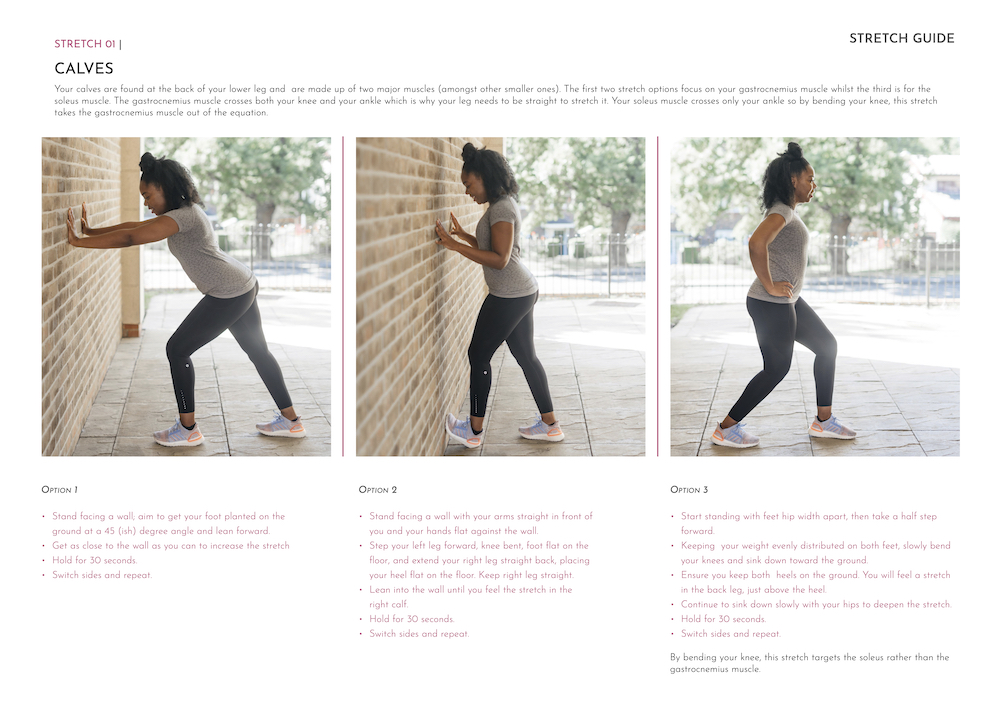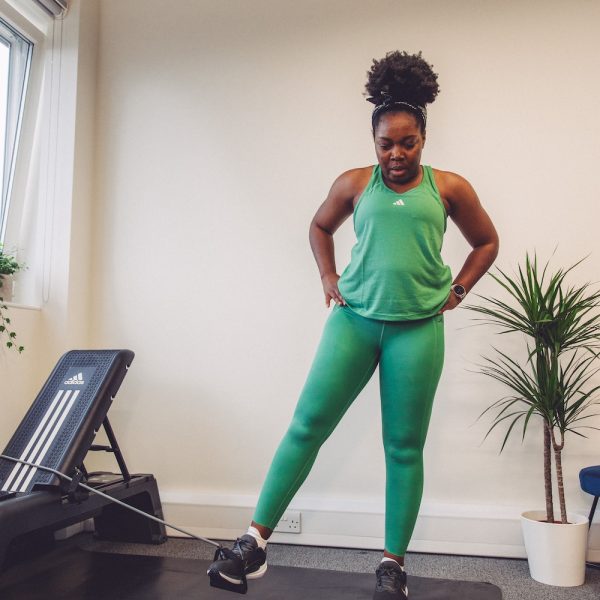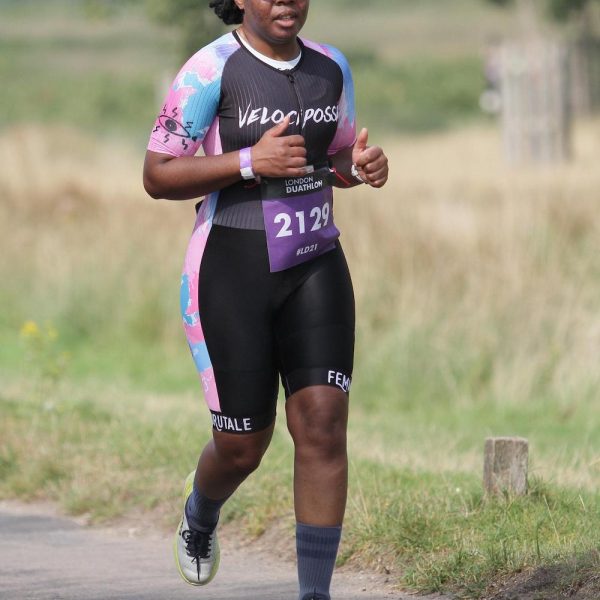
I’m gonna put my money on the fact you’ve heard of shin splints. And if you’ve been fortunate enough not to suffer from them, you most likely will know of someone who has right?
What Are Shin Splints?
Shin splints is a painful injury which affects the muscles around your shins. It is usually a sports related overuse injury occurring due to sudden increase in training or taking on a new physical activity which your body is not used to, such as running, and overdoing it from the day one.
For those of you who like some more in depth information about the injury the technical term for shin splints is anterior compartment syndrome. Your calf muscles and the muscles around your shins may not be the biggest muscles in your body, but there are many of them, split into 4 compartments.
The most affected compartment is anterior (front) of your shin. Each compartment is separated by firm connective tissue called fascia. During exercise the muscles which are involved the most increases in tone (size) due to increased blood flow and accumulation of waste products.
With repetitive stress of the muscles they are unable to get enough recovery, therefore they continue expanding every time you exercise due to physical stress.
However, the fascia surrounding the muscle does not expand at the same rate, resulting in increased pressure within the compartment which then presses on nerve ending resulting in nociception (pain).

Shin Splints Symptoms
- Pain which comes on during the physical activity which caused shin splints in the first place
- feeling of tight shins
- shins feeling heavy
- shins might appear swollen
Preventing Shin Splints
To reduce the risk of developing anterior compartment syndrome you should increase the training load gradually. You also must do stretching and foam rolling of the calf muscles, the muscles at the front too.
If you suspect that you have shin splints, you should avoid the activity which caused it in the first place, or at least reduce it to the length where you can enjoy it pain free.
Stretches For Shin Splints
The best treatment for shin splints are stretching and foam rolling focusing on your tibalis anterior (your shins) and your calves.
Here is a great video showing you how to stretch your tibalis anterior:
Your calves are found at the back of your lower leg and are made up of two major muscles (amongst other smaller ones). The first two stretch options featured in my Stretch & Recovery Guide (pictured below) focus on your gastrocnemius muscle whilst the third is for the soleus muscle.
The gastrocnemius muscle crosses both your knee and your ankle which is why your leg needs to be straight to stretch it. Your soleus muscle crosses only your ankle so by bending your knee, this stretch takes the gastrocnemius muscle out of the equation.

Foam Rolling For Lower Legs
Foam rolling is the equivalent of a massage for your muscles. It will promote lymphatic drainage (by removing lactic acid and other waste products) and reduces recovery time so is worth adding to your post run routine.
Post exercise it doesn’t matter if you stretch or foam roll first – pre-exercise / no training it would be advised to foam roll to promote blood circulation before stretching.
Things To Remember:
- Never roll over a bone or a joint
- 1 minute per muscle group if also stretching
- 2-4 minutes per muscle group if not stretching
- Roll up and down the muscle belly slowly
- Hold on the points that feel most tender, to help release, for 20-30s or until it eases
For your calves, you can foam roll one leg at a time, both sides together or stack your legs to increase the intensity.
If you’re not used to foam rolling or unsure how to, then check out this 45 minute guided foam rolling video for runners you can use. Follow this 2-3 times per week to begin with and use the relevant areas before and after your runs.

You should also ensure that your glutes are strong and firing well as this will save your calves and knees. Ice your tibialis anterior regularly (muscle at the front of your shin) to manage the inflammation, 15min for every hour. Do not ice the bone as it will not give you much benefit.
Remember if you push through pain you will only cause more damage and prolong your recovery period. Try to change your running shoes to softer ones and run on a softer surface in general.
It is really important to consider that anterior compartment syndrome is related to muscle and the compartments, however, Tibial Stress Syndrome may present with similar symptoms but due to a totally different cause.
Tibial Stress Syndrome affects the periosteum, one of the bone layers and may predispose you to a stress fracture. If rest, foam rolling, stretching and modifying physical activity for at least 4 weeks does not produce any improvement in your symptoms, you should seek professional help and guidance.
Modestas







I have definitely experienced shin splints and had to stop running for a while to let it recover. I then learnt a couple of stretches I could do which have helped, but I still struggle with them occasionally. I definitely need to do foam rolling! I also learnt that it’s about wearing the right footwear, so I went for a Gait Analysis which was really useful.
If you have a foam roller (and “WFH” at the moment) come along to my Tuesday sessions! 🙂 Tues 7th April, 12midday (FREE) – Rollin’ with my foamies (30 min foam rolling)! register: https://www.subscribepage.com/s2g7f3
I don’t have one at the moment, but as soon as I get one I’ll be sure to check this out. Thanks Elle. 🙂